BAU470_堪培拉城市设计
澳大利亚,堪培拉市(澳大利亚首都特区)
科目
规划类型
城市设计城市
澳大利亚,堪培拉市(澳大利亚首都特区)时间
2011-2012名次
公开设计竞赛业主
澳大利亚堪培拉政府项目
澳大利亚首都特区堪培拉的假想性城市设计ethics, democracy, difference: towards a socially sustainable Canberra: CAPIThetical: A design ideas competition for a hypothetical Australian capital city.
We wish to test whether the unfinished economic, political, and cultural visions of the Griffin’s design for Canberra can be actualised. At the same time, we want to explore whether Canberra can move beyond its early 20th Century urban design propositions, and its late 20th Century shortcomings towards a city addressing the challenges and opportunities of the 21st Century.
Inherent in our design proposition is an increase in the population and density of Canberra caused by:
climate change: Global temperatures increase by 5 degrees and sea levels rising, flooding many of Australia’s coastal cities.
sub-urbanity: The construction of a high-speed railway line down Australia’s east coast; from Brisbane to Melbourne. Suddenly, Canberra is within a 45 minute train ride from Sydney’s downtown.
hyper-connectivity: Advances in technology particularly those in communication sees more people working from home and the reduction of needing to commute.
study area
We have focused on the area within, and that just outside the triangular area contained by the three nodes nominated by the Griffin’s as: Equity; Liberty; and Fraternity. We have called this area The Social Triangle – a place where the three relatively autonomous strands of society (economics, politics and culture) fold and un-fold.
The Social Triangle is dominated by Capital Hill, part of Lake Burley Griffin and the Parliamentary Triangle, the area between the Liberty Node and the Lake Burley Griffin and the site of Australia’s major institutions from the High Court of Australia to the National Gallery.
potential beyond and within our Social Triangle
Liberty node
We believe the Liberty node, with Romaldo Giurgola’s masterpiece on the hill, is complete. Despite a seemingly unworkable minority government at the moment, Australia’s parliamentary democratic system is not broken. However, the emphasis does need to move from the work of talk to the activity of implementation- a genuine liberal democracy.
Equity node
The Equity node has an empty negative centre and its surrounds are only partially complete. Our response to it is two-fold. Firstly, we propose a new public institution for the 21st Century – an institute that reconciles the Griffins virtual but not actualized Ethics, with the actual and somewhat tactless commercial activity. The Institute for the Development of Ethics in an Age of Self-interest (IDEAS) objectives are to stimulate research, discussion and implementation of economic, political, and cultural models based on well-informed ethical positions. This institute will redress the single-minded view of economics-as-commerce inherent in Civic, while also sitting as a constant reminder to parliament of one of the 21st Century’s major ethical issues – poverty.
Our second initiative is to create a real urbanism within the Civic area with positive public spaces (streets, plazas and gardens), active street edges, and a diversity of programs.
Fraternity node
The Fraternity node also has an empty centre. If the Liberty node contains the centre of Australian political life, and the Equity node contains an ethical economic focus then we believe culture should occupy this Fraternity node.
Our response in this area is also two-fold. Firstly, we propose the second of two new institutions of the 21st Century – an institute that reconciles the unrealised Fraternity of the Griffins, with the open space and the limited view of what constitutes culture in a democratic society. The All of Us are Stardust Institute’s (AUSI) objectives are to stimulate research, discussion, and implementation of economic, political, and cultural models based on well informed cultural concepts and theories o f difference and repetition.
Our second initiative is to provide a framework for cultural fraternity – one of inclusion of, and support for, difference. A new non-hierarchical, non-periodic geometry is used as the framework for 204 tiles (the current number of Sovereign States in the world.). Laid over these tiles is a woven network of the seven continents of the world. This exercise is not about land owned by individuals, but about territory that accommodates communities.
inside The Social Triangle
A new waterscape of equitable-economics (Community Supported Agricultural (CSA) initiatives such as organic aquaculture and fish farming collectives); cultural-fellowship (jetties and pavilions representing the seven continents’ water culture); and political-liberty (jetties, floating amphitheatres and soap boxes) now inhabits Lake Burley Griffin. Of course the Land Axis is given the respect expected of a link between the Australian War Memorial and the Australian Parliament House – a visual, physical and symbolic link between those who have died at war and those living in peace.
walkable and sustainable communities
The area to the north and adjacent to the Fraternity node contains the typical Canberra suburban cell of Campbell. We propose to turn Canberra’s car oriented suburbs into walkable, programmatically diverse, and socially sustainable suburbs via four simple networked strategies: 1.) the introduction of walkable and legible local transport areas (LTA’s); 2.) the introduction of a public transport system in the centre of each of the local transport areas; 3.) the introduction of changes to land-use zoning and urban design guidelines to encourage the development of other city programs around the perimeter and centre of each these LTAs; and finally 4.) the introduction of a continuous green network through the suburbs that links existing isolated green spaces.
Canberra’s future growth
We have also assumed, that due to one or more of our initial pre-design scenarios emerging, pressure will grow for Canberra to expand beyond its current metropolitan area in the future.
We have proposed an alternative form of urban growth – one based on the co-existence of urban, urban-rural and rural areas folded into a symbiotic co-existence. In the urban capable region of Symonston Valley, south of the Fraternity node, the first of Australia’s Symbiotic Cities has been developed.
Symbiotic City is based on the a series of meta-networks – simple bands of urban development never wider than 1.6kms, alternate and intersect with bands of rural area never narrower than 1.6kms. Symbiotic City is itself networked with the very same networks that have been pushed through the existing Canberra suburbs.
conclusion
We believe Canberra can fully realise the potential of the Griffin’s early 20th Century vision and be better prepared for the challenges and opportunities of the 21st Century.


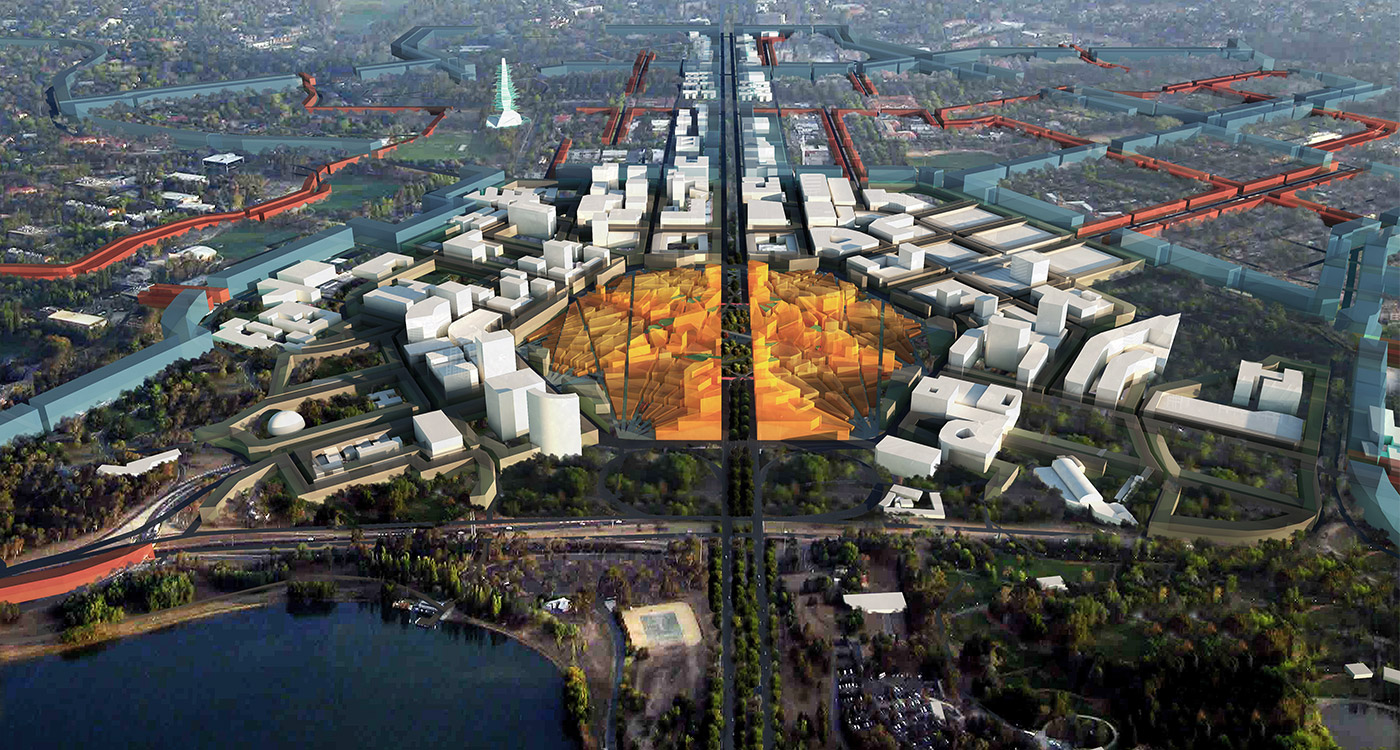





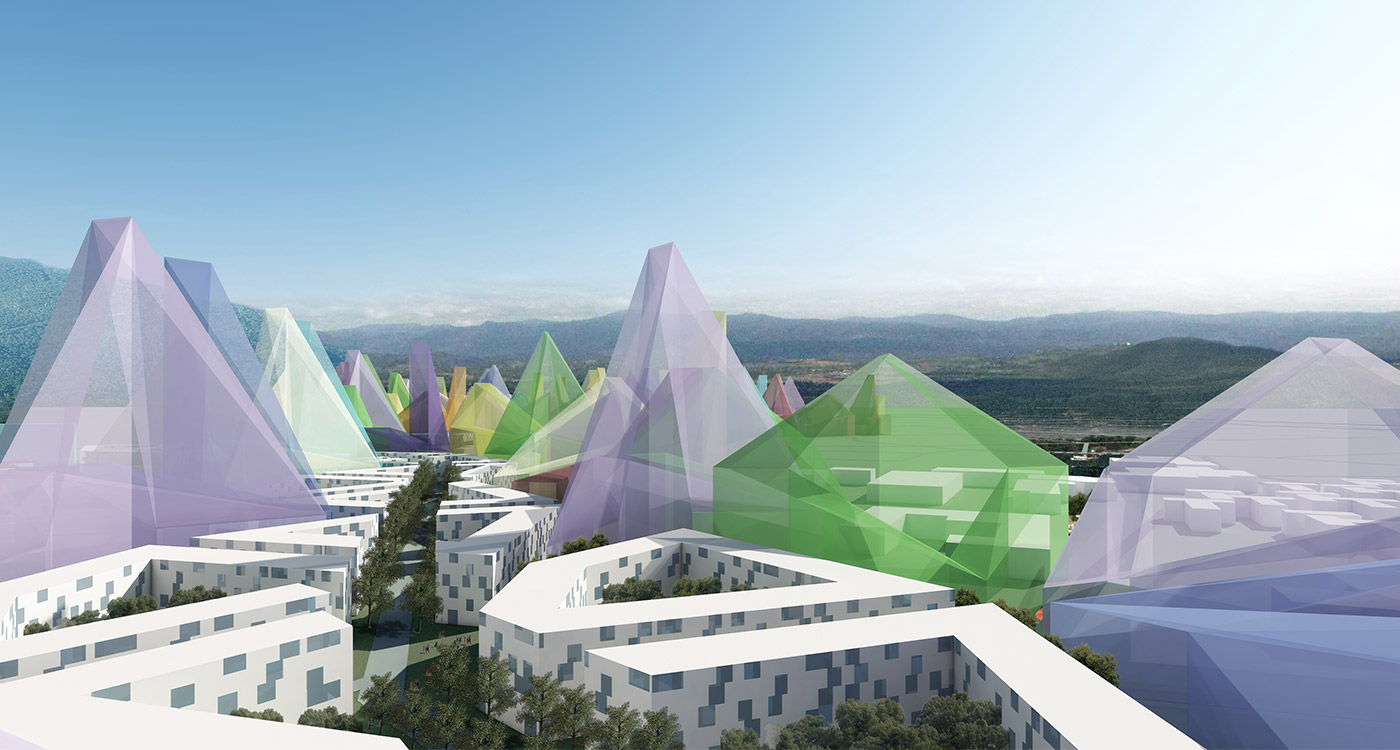

















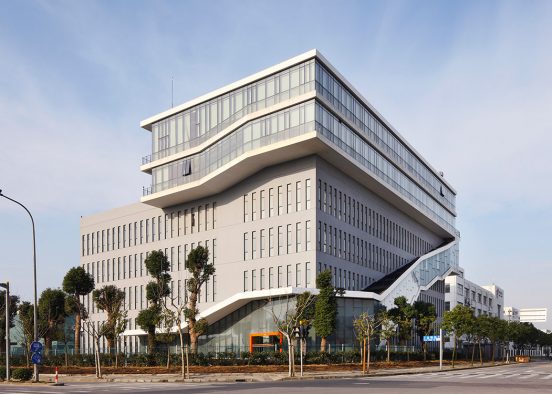

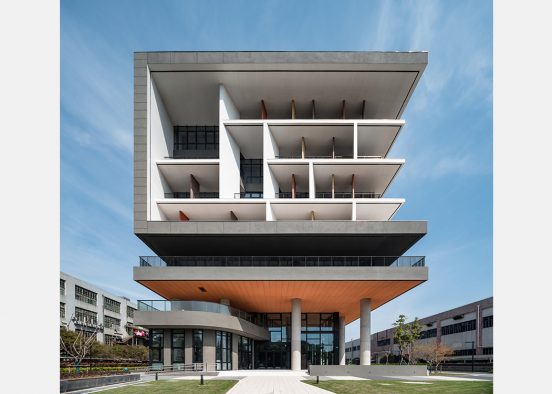



















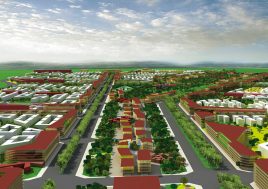
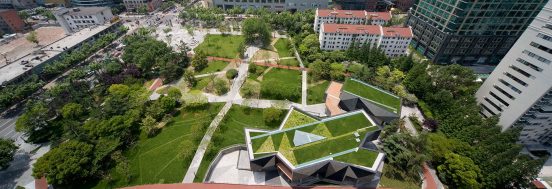




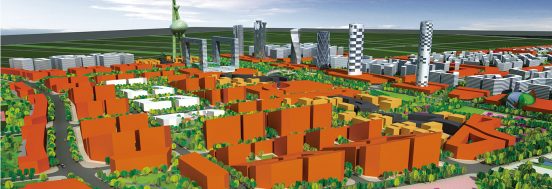







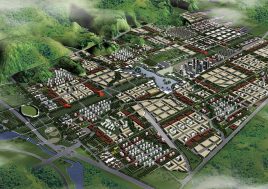


























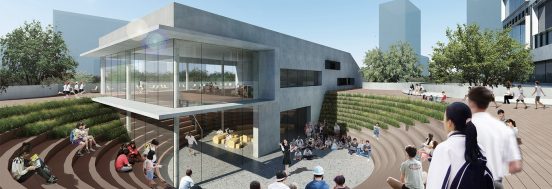















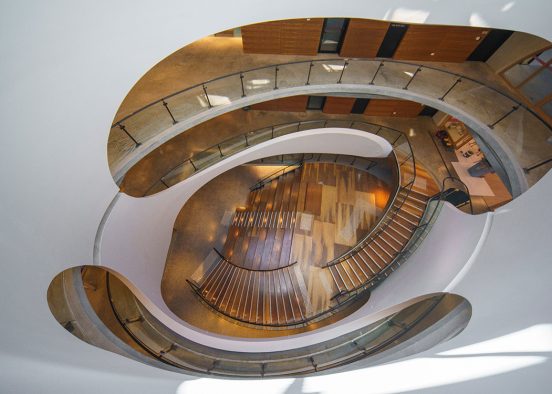










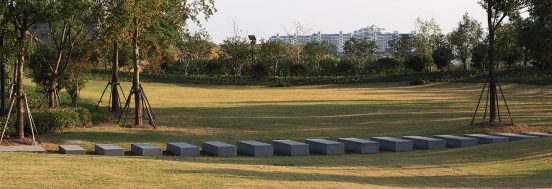
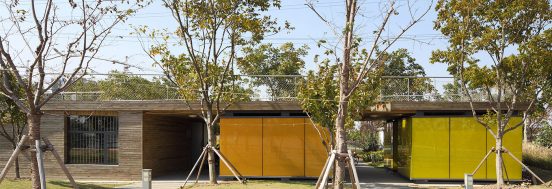
















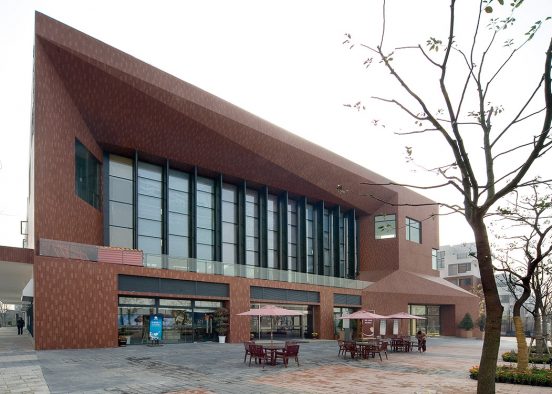
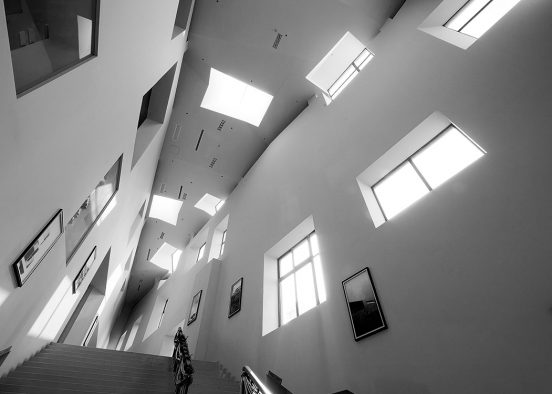
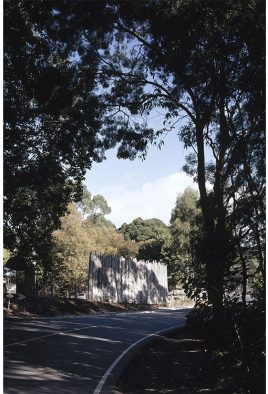
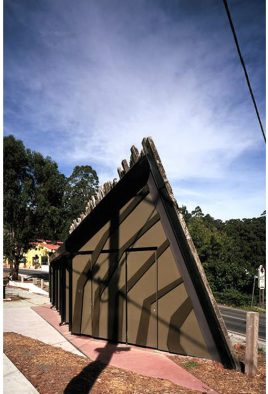









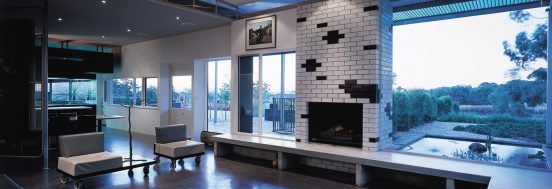







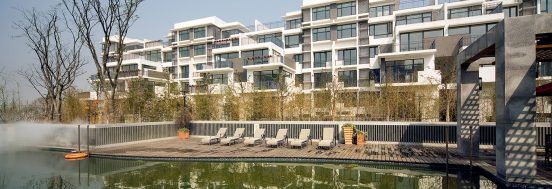







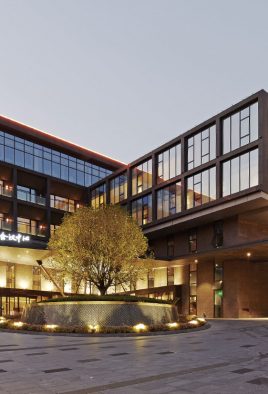






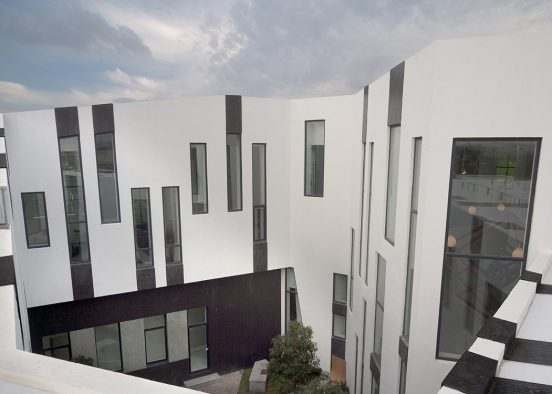









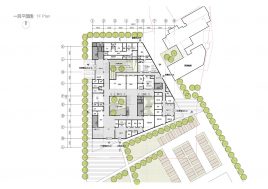


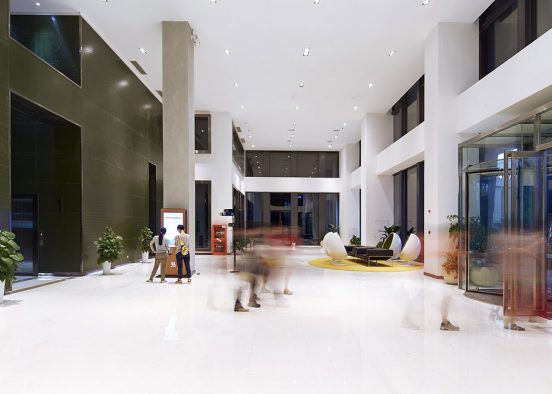







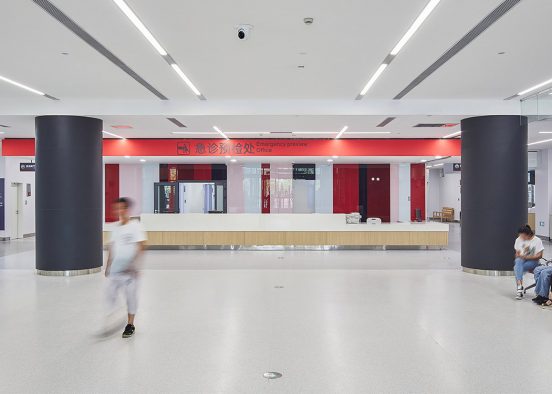



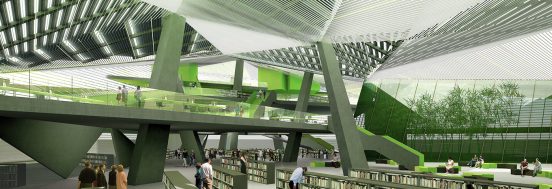















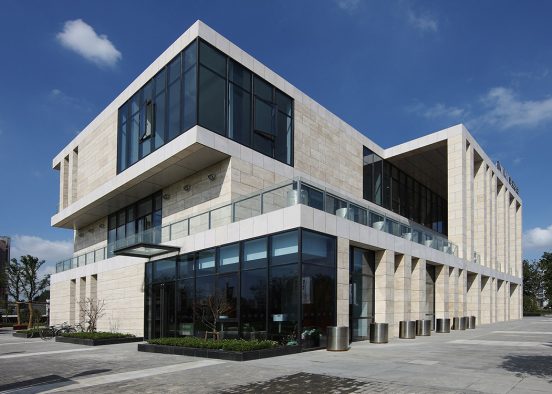












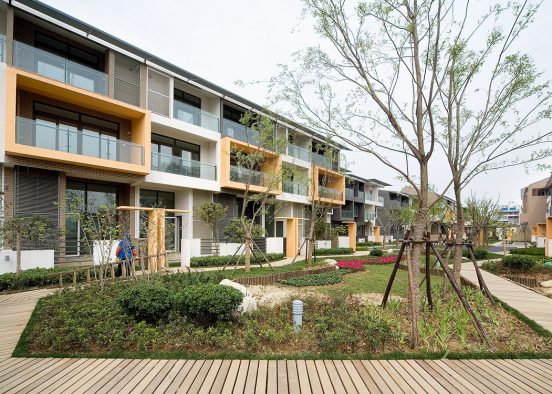
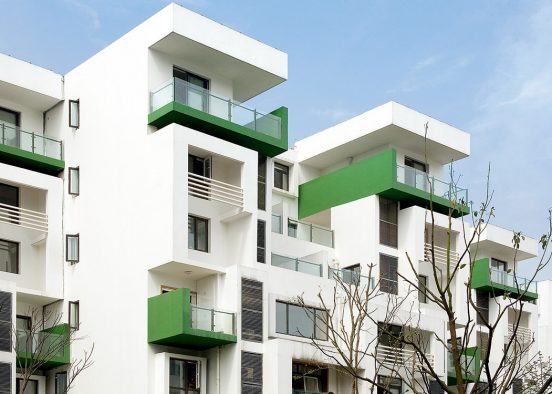








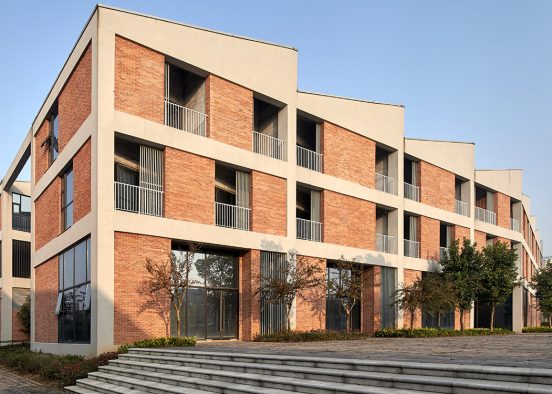




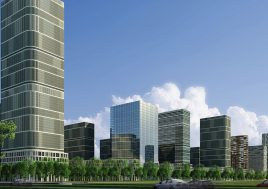



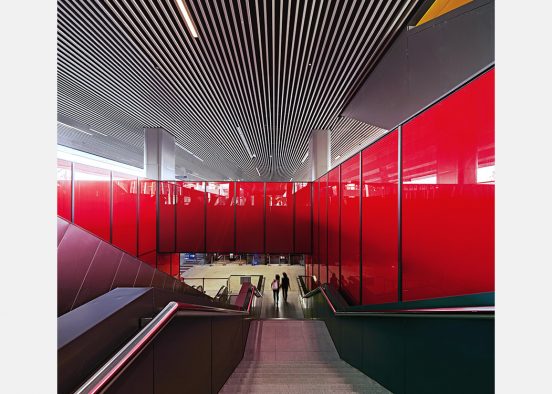


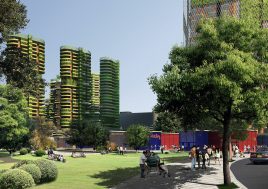







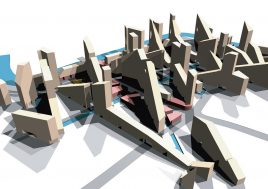







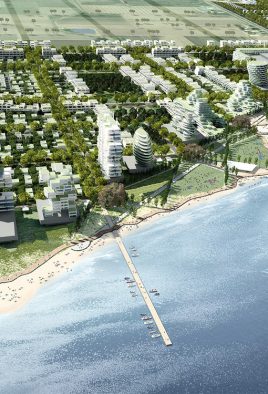




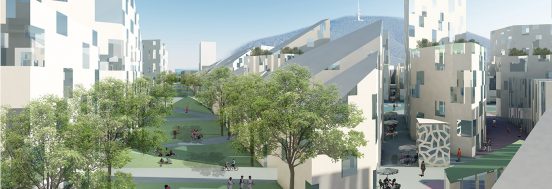






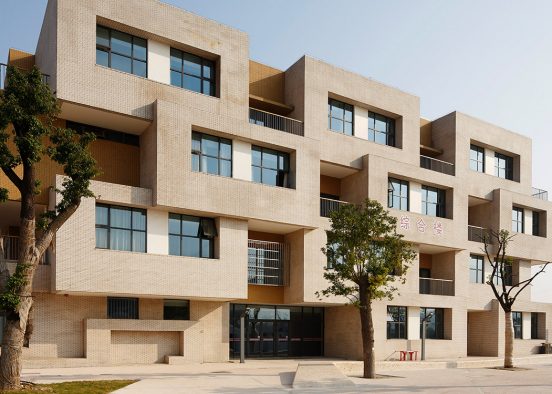



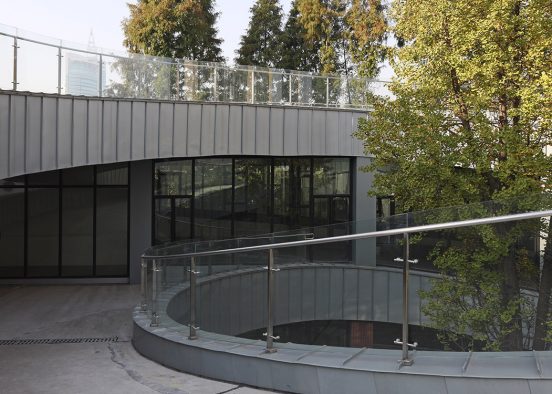
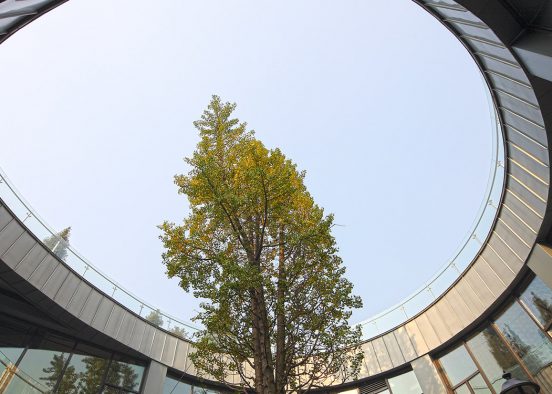




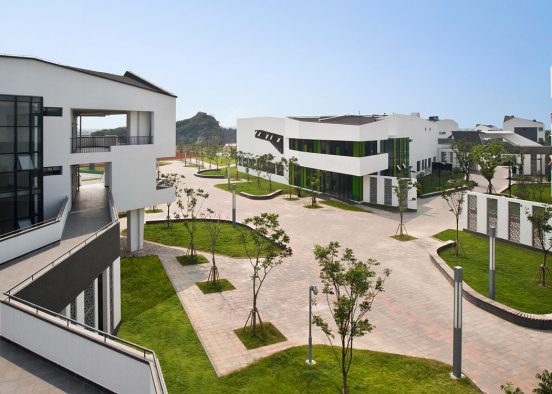



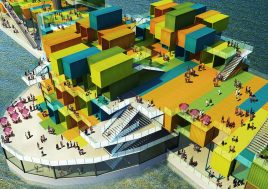














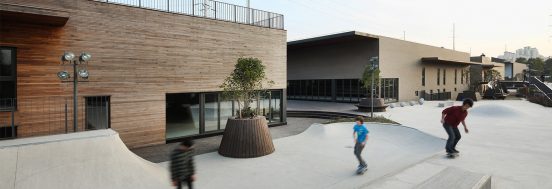




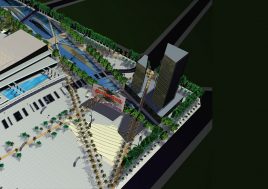

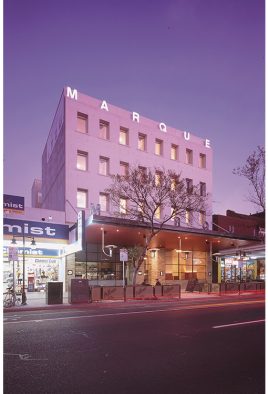





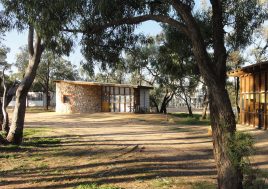







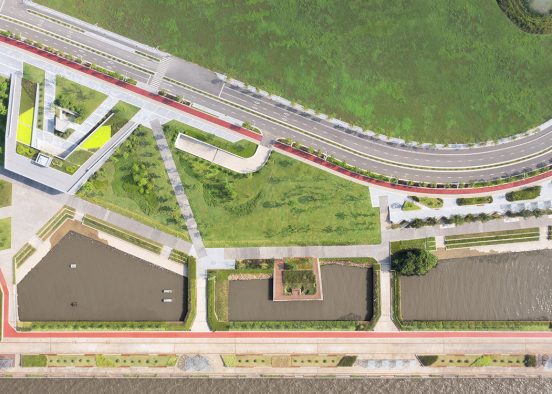





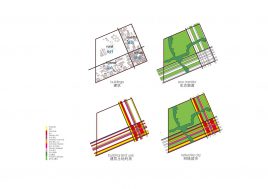



















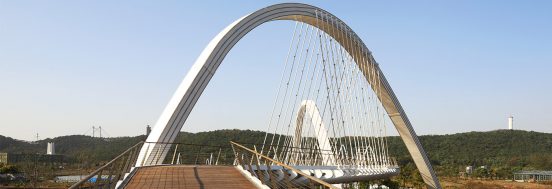










 Back to projects
Back to projects
